"In the middle of difficulty lies opportunity."
A study on how constraining conditions can breed creativity and drive success.
The Paradox of Restriction
Logic suggests that unbridled liberty is conducive to innovation, yet there is compelling evidence that constraints can, paradoxically, unlock a fountain of resourcefulness. The notion that barriers may bolster, rather than hinder creative burgeoning is not just an optimistic twist on hardship; it's a provably potent strategy in navigating the business world's complexities. Lego's remarkable comeback story in the early 21st century elevates this concept—it was precisely when facing the threat of bankruptcy that the toymaker legend redirected its trajectory from near collapse to a celebrated revival.
Strategic Limitations as Launchpads
The turnaround achieved by Lego is a clear demonstration that imposing limits can, counterintuitively, spur expansive thinking. Faced with financial peril, Lego decidedly narrowed its range of building blocks. This constraint forced designers to think more critically and innovate within set parameters, resulting in their development of new playsets that captured the audience's imagination more effectively than before. While these conditions might seem stifling, they galvanized a period of intense creativity and enduring designs that proved to be commercially and critically successful.
The Pragmatics of Constraints
Looking beyond Lego, embedded practical wisdom tells us that limitations often necessitate higher degrees of innovation. Startups signify this scenario; they are incubators of ingenuity due in part to their inherent constraints: bootstrappy, tight budgeted, fierce competitors, and an adaptive business model. These pressures compel founders to devise and derive resourceful solutions that can disrupt market paradigms and carve out new niches for growth and development.
The Top Articles of the Week
100% Humanly Curated Collection of Curious Content
The Case for Unfettered Creativity
In contrast, some contend that the absence of constraints allows for a broader exploration of possibilities. This perspective suggests that an open field cultivates an unpressured environment where experimentation is uninhibited, potentially giving rise to unparalleled breakthroughs. The argument for boundless creativity posits that within such an expansive scope lies the potential for complexities and discoveries that a constraint-bound perspective might miss.

Embracing Boundaries
In a landscape brimming with open-ended opportunities, it might seem counter-intuitive to endorse the idea that restrictions have the power to spark creativity and innovation. Indeed, constraints often appear as hurdles on the track to success. When companies directly confront their challenges, they can often rebound and thrive. This was the case for the Lego Group at the beginning of the 21st century. Facing a potential collapse, the crisis instead triggered a major transformation. This reinvention not only restored the brand's success but also redefined it.
The Catalyst for Creativity
Lego's story serves as an ideal exemplar of constraint-induced innovation. At the brink of bankruptcy, the company implemented stringent product development limitations that required builders to repurpose a reduced number of pieces to design new models. By doing so, Lego designers brought forth a creative renaissance, culminating in the creation of fewer but more iconic and satisfying toy designs that resonated profoundly with consumers worldwide.

Such stories teach us that constraints, whether they appear in the form of limited resources, strict timelines, or small budgets, have the unique ability to force a level of resourcefulness and ingenuity that unfettered freedom seldom can. Similar scenarios are mirrored in start-up environments, where newly founded companies often operate under severe financial and logistical restraints yet manage to disrupt established markets with groundbreaking innovations and business models.
The Strategic Leap of Licensing
“Written and directed by Lord and Miller, “The Lego Movie” proved that movies based on toys could be so much more than a 90-minute commercial when it was released ten years ago.”

Lego's renaissance was engineered through shrewd product reinvention and venturing into astute licensing deals, catapulting the brand from the brink of obsolescence to a vibrant multimedia phenomenon. The strategic pivot toward licensing allowed Lego to tap into a reservoir of established stories and characters, bridging the gap between physical toys and the rich narratives that command the attention of the global market.
Licensing as a Platform for Storytelling
Lego's licensing deals were more than just business arrangements—they turned Lego sets into interactive stories. By partnering with beloved franchises, Lego let people of all ages explore their favorite fictional worlds creatively and interactively.
The release of "The Lego Movie," helmed by the creative vision of Lord and Miller, was the personification of licensing's transformative impact. Rather than leaning on the commercial predictability of a toy-based film, "The Lego Movie" provided a subversive take that combined humor, heart, and a meta-awareness of the brand. It wasn't just that Lego had secured a cinematic venture - it had licensed its identity to filmmakers who understood and celebrated the ethos of Lego, ensuring that the product on the screen reflected the innovation and creativity that had been infused into the rebirth of the toy line.

Licensing as a Diversification of Brand Experience
Beyond the silver screen, Lego's foray into licensing extended to video games, books, and branded apparel—each venture offering a different facet of Lego to the public. This brand diversification ensured that consumers could engage with Lego not only through tactile play but across multiple media, broadening the company's reach. Licensing deals, therefore, became a means through which Lego not only secured revenue streams but also deepened customer engagement with its ever-expanding world.
Ultimately, licensing acted as a catalyst that synergized with Lego's product innovation. As "The Lego Movie" and other licensed properties soared in popularity, they created a feedback loop that fueled further demand for Lego's core products. The iconic imagery and narratives derived from these partnerships became new constraints within which Lego continued to innovate, showcasing how limitations and strategic collaborations could unearth additional layers of creativity and marketplace resonance.
Thus, the success story of Lego's resurgence underscores a nuanced understanding of the play between freedom and constraint. Through licensing, the company adeptly navigated the balance, importing external narratives that acted as fresh constraints, which in turn animated a new era of growth and creativity. The path Lego chose was not simply about building under limitation but also about choosing the right partners and platforms through which to channel the company's boundless invention.
This harmonious blend of constraint-induced innovation and strategic licensing agreements effectively amplified Lego's market presence and fortified its cultural significance, reminding us that the fortitude of a brand can lie in both its internal capacities and its ability to form externally advantageous alliances.


A Wise Investment of Your Time
List of YouTube videos that captured my undivided attention.
The Need for Freedom
Nevertheless, not all subscribe to the principle that constraints are universally beneficial. Critics argue that unrestricted freedom fosters a more holistic creative process, providing the necessary space for ideas to incubate and flourish without the pressure that constraints impose. Moreover, when channels of creativity are unbound, there is potential for a more diverse range of outcomes, some of which might lead to unprecedented levels of innovation.

Token Wisdom: The Art of Adaptation
Given the anecdotal evidence and empirical observations, we are reminded:
"One's ability to adapt to constraints determines the altitude of one’s creativity."
This aphorism encourages reflection on how we respond to boundaries, pushing us to question whether we see them as insurmountable walls or as canvas edges defining the masterpiece we are yet to paint.
Navigating Between Freedom and Frameworks
Within the intricate balance between freedom and limitation, Lego's transformative journey stands as a testament to the invigorating power of constraints. What this narrative illuminates is not only a phenomenon of adaptability but a profound truth about the inherent potential collaboration between constraint and creativity. A delicate alchemy that forges innovation from the furnaces of limitation, turning the lead of restriction and conjuring the gold of creation.
By strategically embracing boundaries as the touchstones of innovation, rather than its impediments, Lego rewrote its destiny. It reshaped the brink of collapse into the foundations for a creative renaissance, all the while maintaining a delicate balance between the anchoring force of limitations and the uplift of creative flight. The iconic brick, a symbol of infinite possibilities, binds us to the understanding that constraints serve not only as a challenge to overcome but also as a canvas for our creative endeavors—a framework within which the colors of imagination can burst forth in more vivid and striking patterns.
In the nexus of constraint-infused creativity and wisely chosen partnerships, Lego discovered a recipe for resilience that propelled its brand into an era of sustained triumph. This revival story demonstrates that within the confines of limitation lies fertile ground for innovative solutions, not despite limitations but because of them.
As Lego's narrative unfurls, a harmonious blend of foundational boundaries and expansionist ambition is revealed. Such is the expanse we navigate in our pursuits—be they personal aspirations, corporate ventures, or the simple joy of building. With each block placed, with every limitation set, we are beckoned to explore: How might the constraints we encounter inspire our greatest innovations?
In threading this needle of conclusionary thought, let us leave you with something to contemplate upon:
Is it possible that the creative constraints we navigate are not just the incidental circumstances of our challenges, but the very compass by which we chart a course to uncharted territories of innovation and success?

Lego's enduring legacy asks us to consider that perhaps our most resounding triumphs are conceived in the moments we stop resisting the confines of our reality and begin to dance within them—with conviction, with creativity, and with the courage to build something truly extraordinary.

Don't forget to check out the weekly roundup: It's Worth A Fortune!


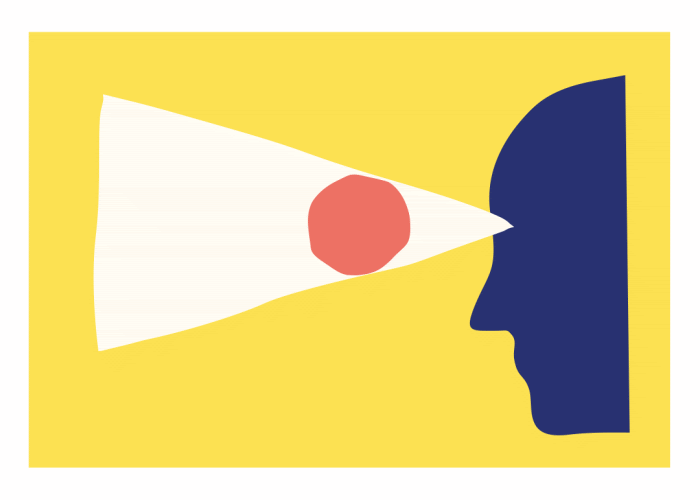

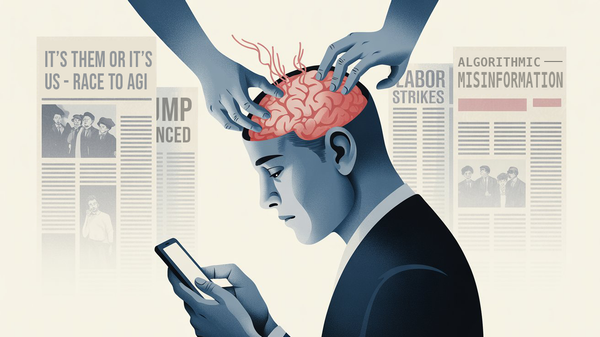
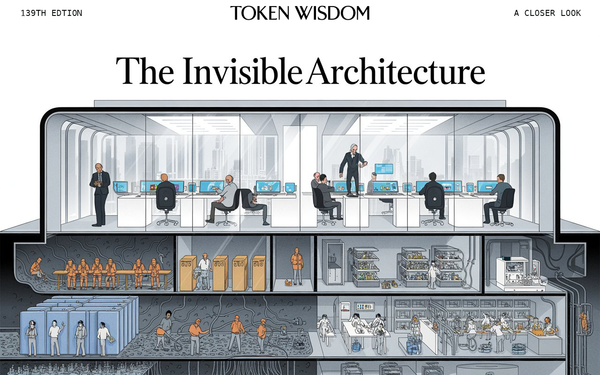
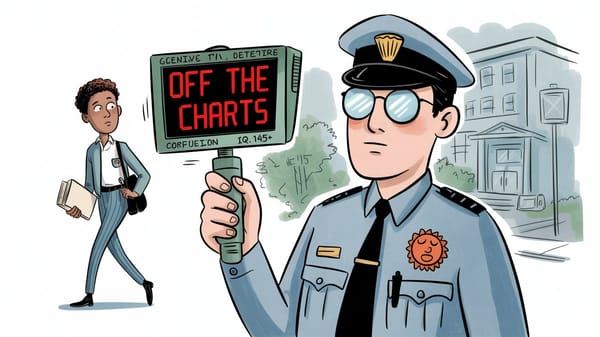
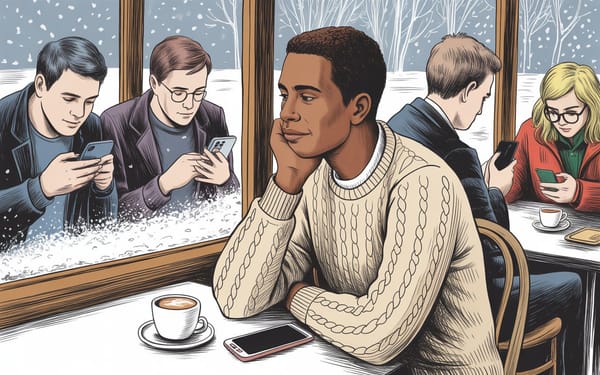
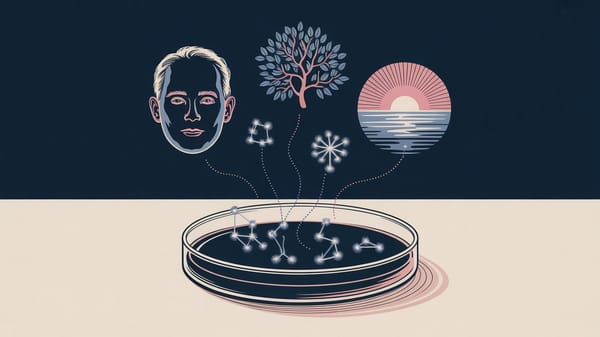
Member discussion